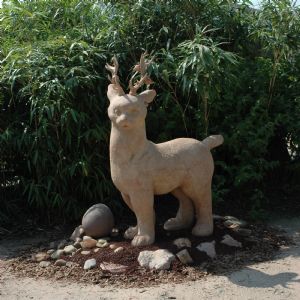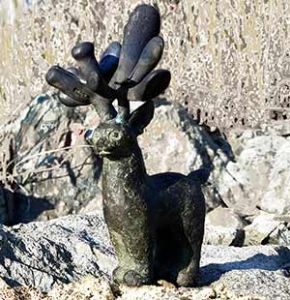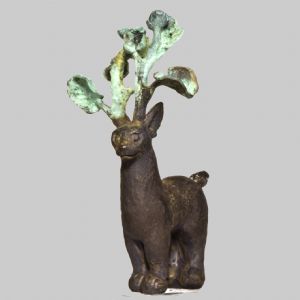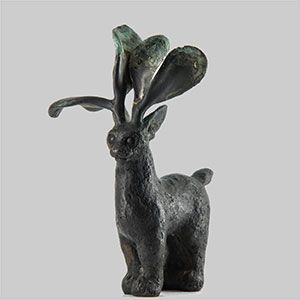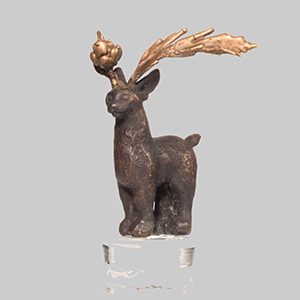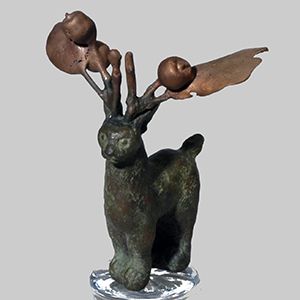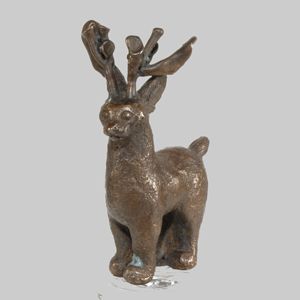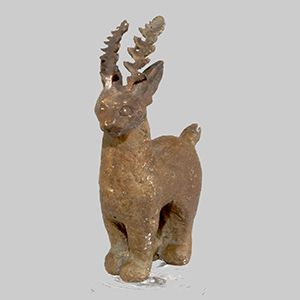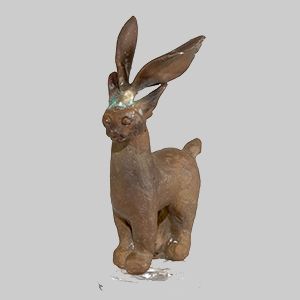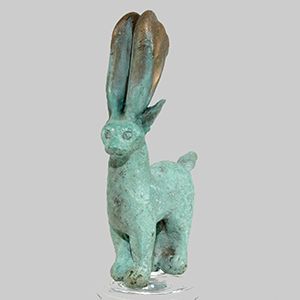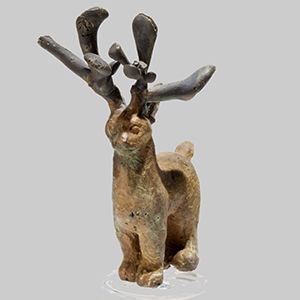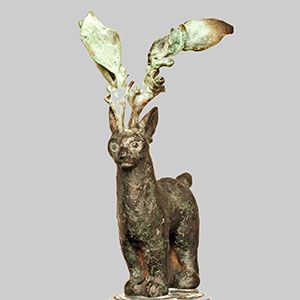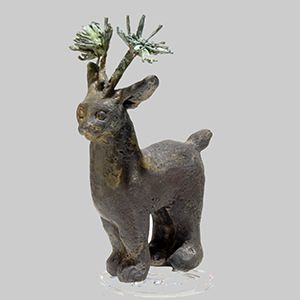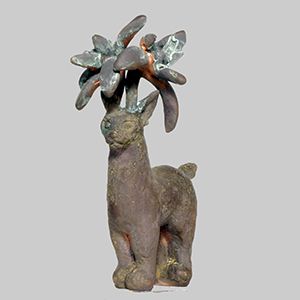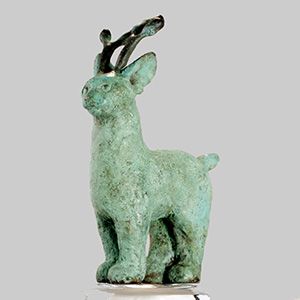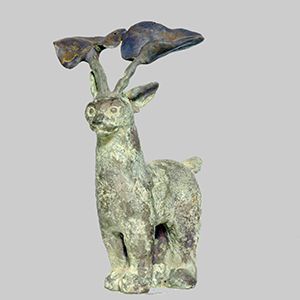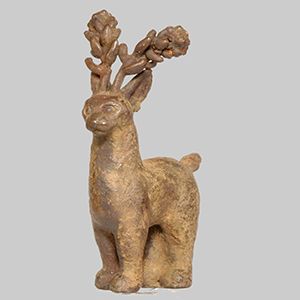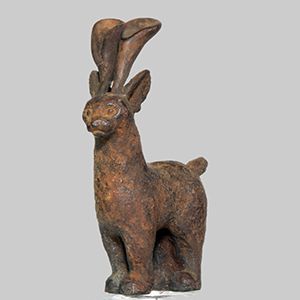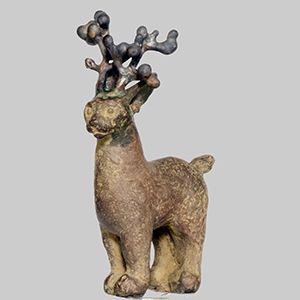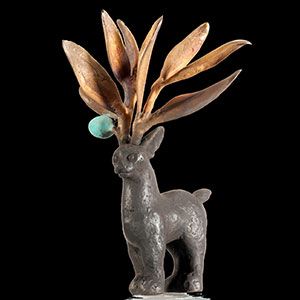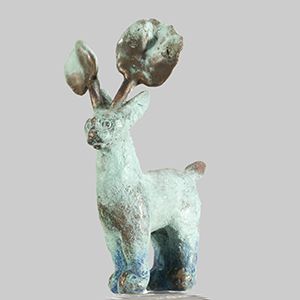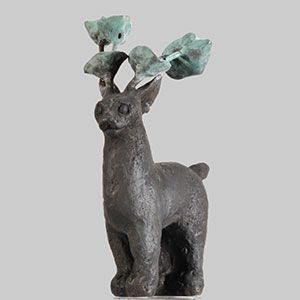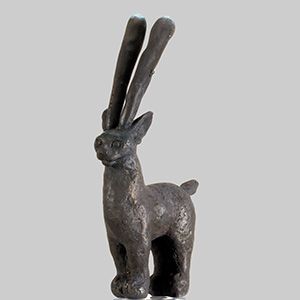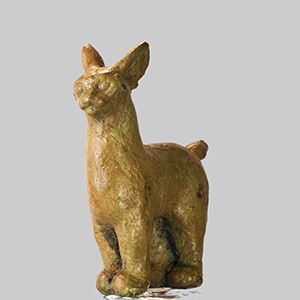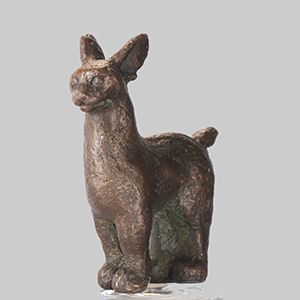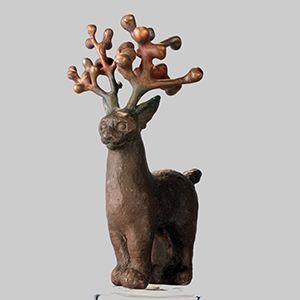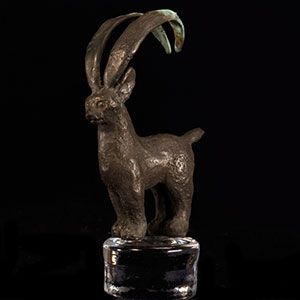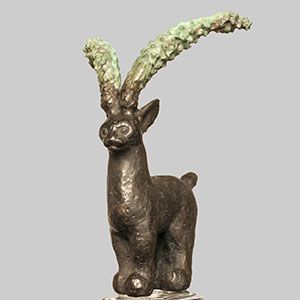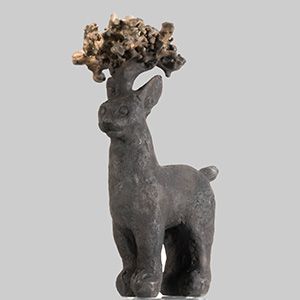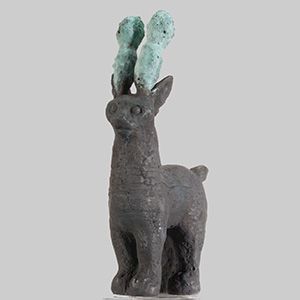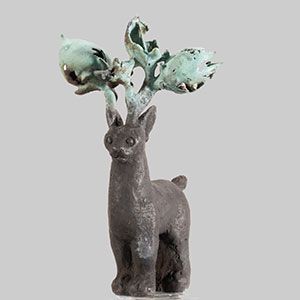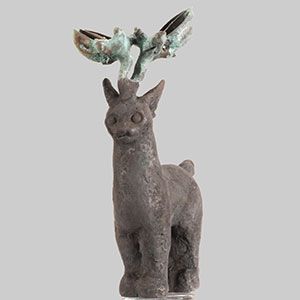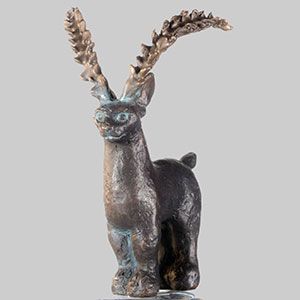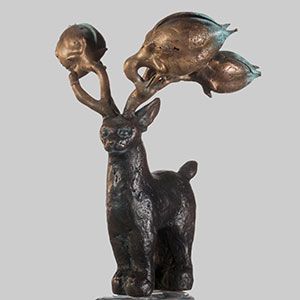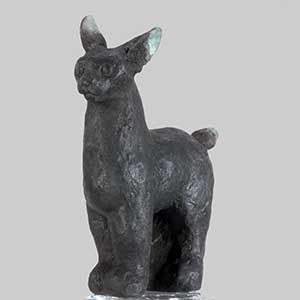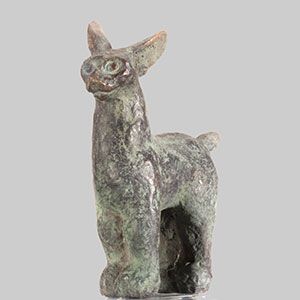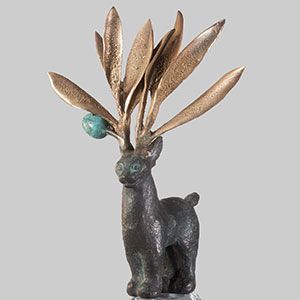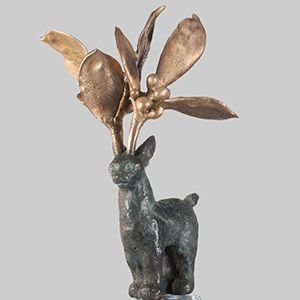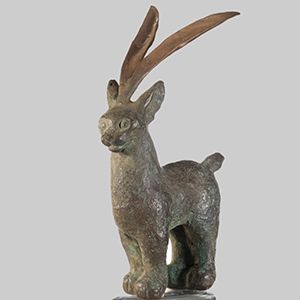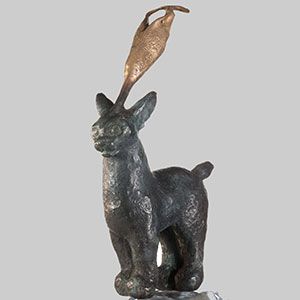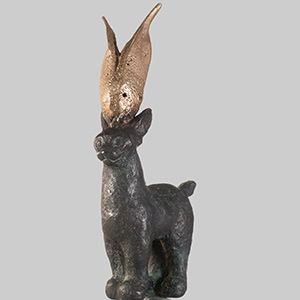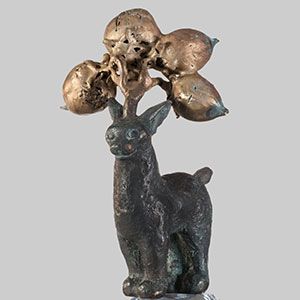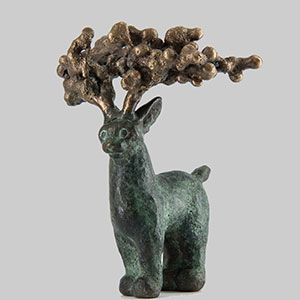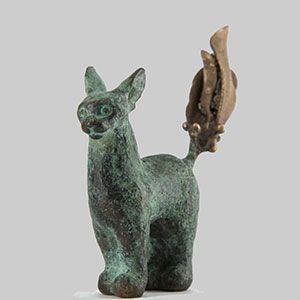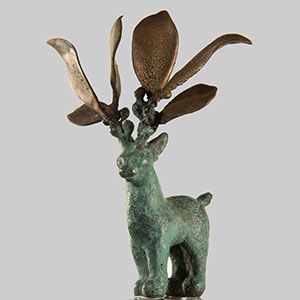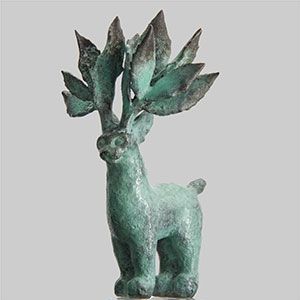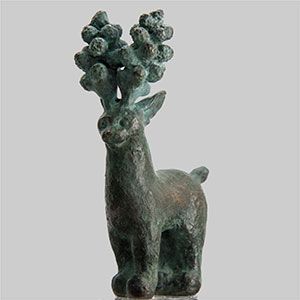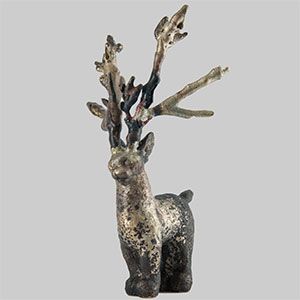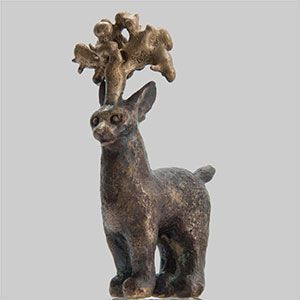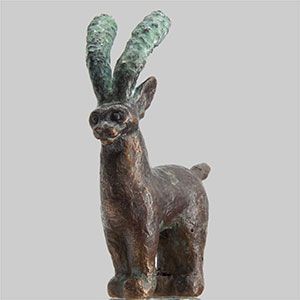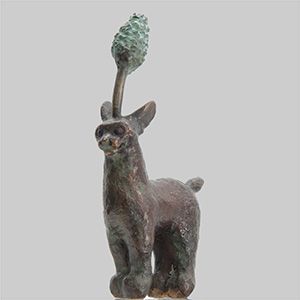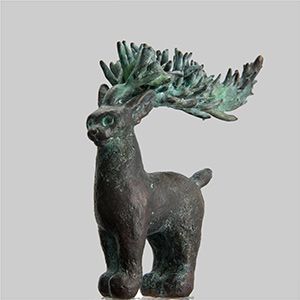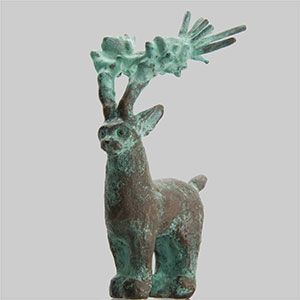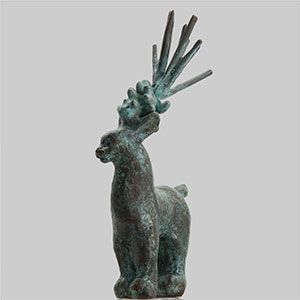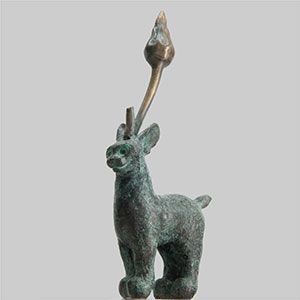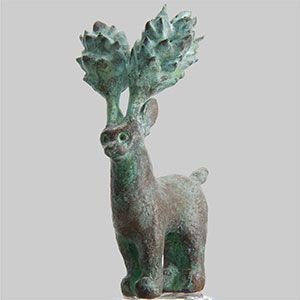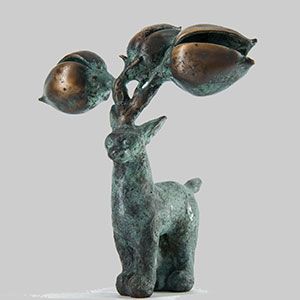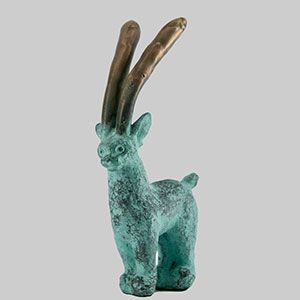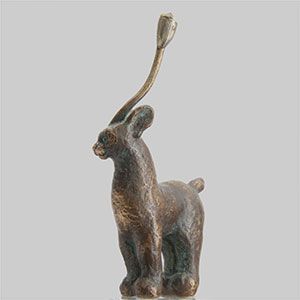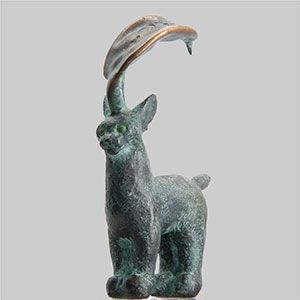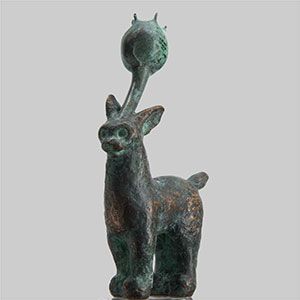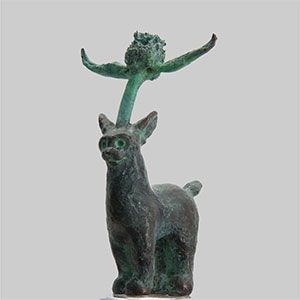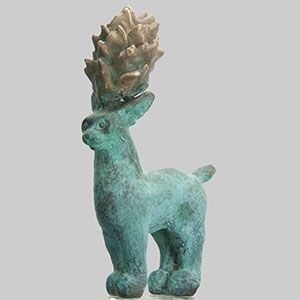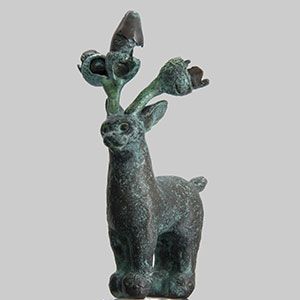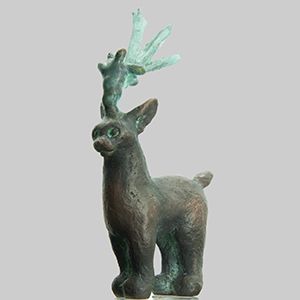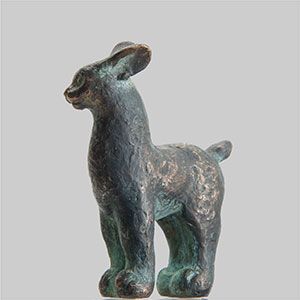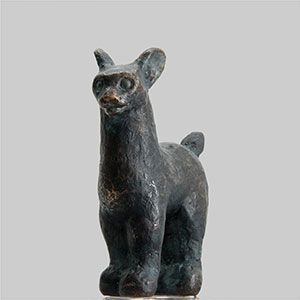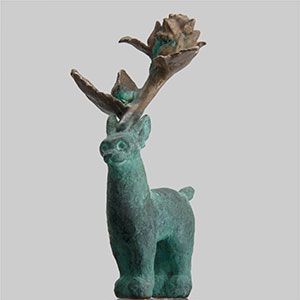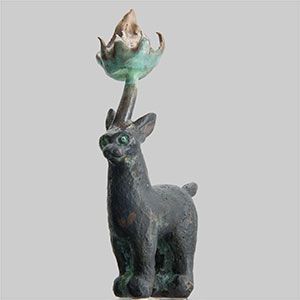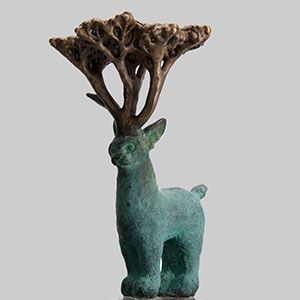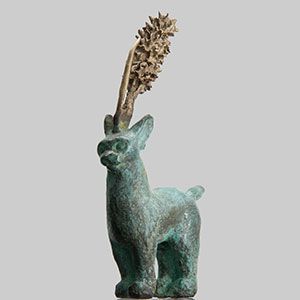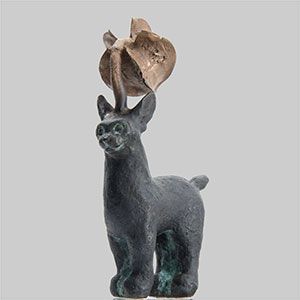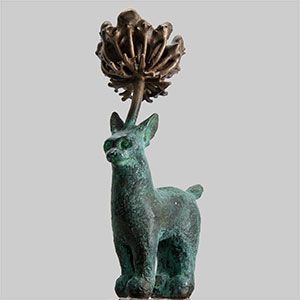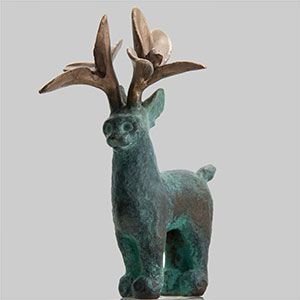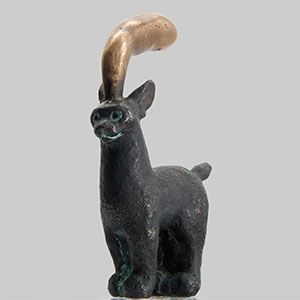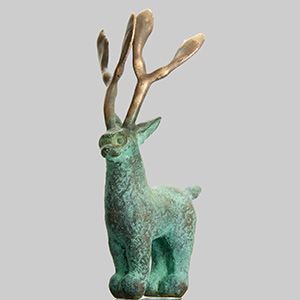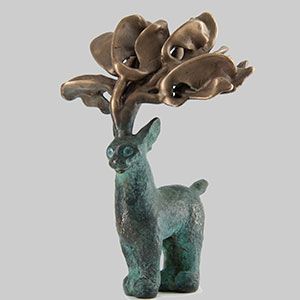Anima


Anima rescue
Nature is talking to us. But do we still have ears to hear it?
There are two kinds of extinction as there are two kinds of death: When something doesn't physically exist on earth anymore and when something, though existing, is ignored and we can't see it even if it's right before our eyes; we might know all about its past existence but we have forgotten its features and its purpose and we don't even talk about it as a memory. This is the extinction during lifetime, caused by the loss of the necessary means to perceive it. We’ve lost these means as we have lost our early childhood and with it our ability to be spellbound, our sense of the sacred and the superfluous Divine.
Anima represents all the extinct traditions and spiritual guides which we think are not necessary any longer. Anima offers everyone who is in search, not to search anymore but to find what doesn't need searching, because, as long as we can see it, it has always been there. For those who still feel, if only indistinctly, that a tree is not only wood to burn, that a field doesn't only represent the opportunity to build on, that things are not only there to be exploited for a profit but firmly believe that they represent symbols too, hieroglyphics to be interpreted, for those who understand that everything relates to something else and know well enough that all art forms try to express exactly this, Anima Rescue is for them all. To rescue Anima means re-establishing the contact with the forgotten, with everything we encounter everyday without being recognized, with that terrible reality that's telling us, without sentimentality but with sheer simplicity: That is you, That is here if you are here and somewhere else if you are somewhere else because you are made of exactly the same stuff. That art thou. Tat Tvam Asi.
Dedicatory message by Luciano Brogi, President of the Commedia dell'Arte Network SAT
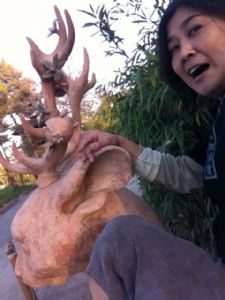
Anima*, the imaginary and fantastic animal is connected with my native city Suwa and with Japanese culture.
Suwa is a city rich in culture and history, the site of an ancient civilization and a central passage of a road as important as the Via Francigena. It is immersed in nature with its lake, its rivers, moutains and thermal baths. It is home to one of the principal Shinto temples in Japan, the Suwa Taisya. Shintoist religion was never replaced by Buddhism, which has only been superimposed to the precedent cult, establishing what today is a perfect coexistence.
The Japanese can pray anywhere, because they recognize God’s manifestations anywhere in Nature. And they recognize some messengers between men and nature, sign-bearing animals, guide animals, psychpopous animals.
Ancient China had a fantastic animal called KIRIN, that manifests itself before the apparition of the saint. When I enter a wood I always have the sensation of meeting KIRIN, a soul in nature. Well, one day I saw Anima. Anima can appear anywhere and to anyone; it is sufficient to be prepared to feel and receive nature’s gift.
Soon Anima will manifest itself in one hundred small bronze specimens, each with different and characteristics metamorphoses of the horns.
* Anima means soul.
Anima Project
Anyone who owns the work of Anima or who has had empathy and has been attracted to Anima, anyone can participate in the spread of this imaginary and fantastic animal in the world: Anima.
How to participate:
-
By word of mouth: talking about the imaginary and fantastic animal.
-
Let someone take a picture of you with ANIMA or take a selfie to share with friends.
-
Let us know! Send me your photos with ANIMA! And do not forget to send me consent to the publication on the Internet (mainly Instagram and Facebook and in the future on my internet site AnimaMap) of your photo with ANIMA, your name (or your nickname) and the location of the place where your ANIMA is hosted.
-
Obviously those who host ANIMA can continue to take pictures in its company while travelling around the world, taking selfies and publishing on #animaproject #animastagram #animamap #tripwithanima #staywithanima #anima or #hanakokumazawa ... or the hashtag you prefer.
NAME: Anima
SPECIES: Animafelis Cervus
GENUS: Animafelis
FAMILY: Animafelidae
ORDER: Animafectyla
CLASS: Animalia
PHYSICAL CHARACTERISTICS:
It has reindeer horns, moves like a deer and has the face of a cat with long ears. It has hare legs, is very agile and runs through the woods at an extraordinary speed.
HABITAT:
IT can be found in uncontaminated nature, in deep valleys and remote mountains, wherever progress of civilization and tourism have not yet arrived.
FEEDS ON:
Energy, be it positive or negative, feeds on excess. If someone meets it, it is because his path has led him to it. Then anima cures him, without wanting it, without desire, it’s in its nature, like a dog licking someone else’s wound. Anima eliminates disproportions, overabundance, excesses, vices and passions, in the only way possible: by taking them on itself and redistributing them where they are lacking. It eats them. But only to bring balance.
CURIOSITY:
Anima is curious about humans because, though they are both part of the living animals, they have taken a distance from them, their behavior goes against all logic.
HAZARD INDEX:
It is not good or bad: it is only just. Like nature. If someone takes the wrong dose, taking or giving too much or too little, Anima feels the necessity to intervene, eliminating excess, abounding where there is lack. Anima spontaneously offers help, even when it not sought. Anima intervenes where it is necessary, like nature, it provides order even if there are those that prefer disorder; it provides harmony though there are those that prefer disharmony.
LONGEVITY:
It will live as long as the imbalance caused by pointless human passions and desires will reach a point where they will be uncontainable, until it will be itself poisoned by a mortal sadenss. Otherwise it is immortal, if gods can be immortal.
THINGS IT HATES:
Anima never acts like a reaction to a cause. It has no sentiments, those are human things. Therefore it doesn’t know hate. It doesn’t even know that there is good and bad.
THINGS AND ANIMALS IT LOVES:
If Anima knew what love is one could say Anima loves everything and everybody. It loves the birds that come to rest on its horns-trees, singing and eating the fruit. It loves running in the woods. It loves life.
A TYPICAL DAY IN THE LIFE OF ANIMA:
It comes down from the sky in the depths of the forest when the sun rises. It scales in the forest and meets other animals and spirits of the woods. It gives energy and peace to anyone who is approaching it. At sunset it returns to the places he came from.
APPENDIX:
Miyazaki writes when describing the god in his animation film “Princess Mononoke”:
Strange animal,
the body of a deer, the face of a man,
the horns like the contorted branches of a tree.
Terrible and magnificent god, that dies with a decrescent moon and is reborn with a crescent. A god that remembers when she was born in the forest,
a god with a child’s heart, a god of life and death”.

